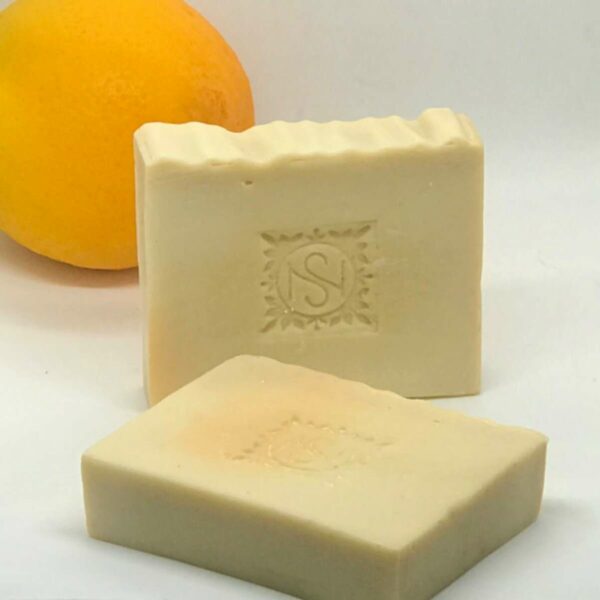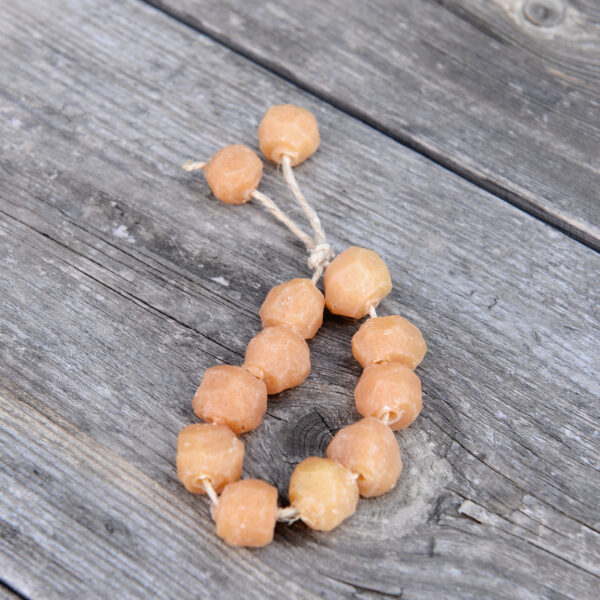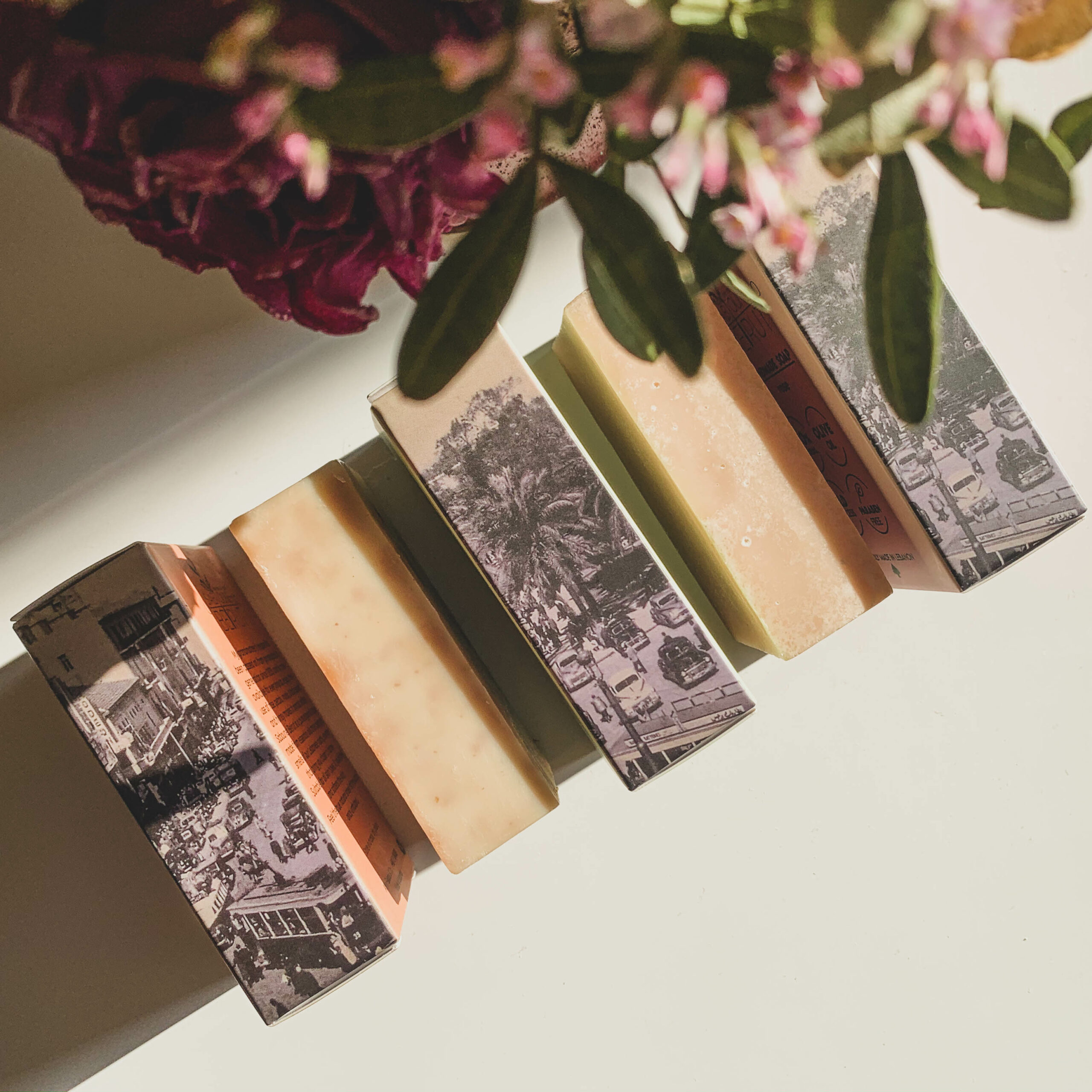Description
In general, ostrich oil is rich in:
- Oleic acid O9 (42%)
- Palm acid O 3 (21%) O 6
- Linoleic acids (21%)
- Antioxidants
These elements can help fight infections, dry skin, high cholesterol, and more.
Ostrich oil uses are varied:
- You can use is as a local treatment or as an oil carrier.
- Mixing it with lotions and creams may help your skin absorb the ingredients better.
As for the benefits, the sky is the limit:
- Moisturizing the face, body, and skin. Works great at improving skin hydration and preventing water loss.
- Studies also show that ostrich oil may reduce the side effects for people with dermatitis and eczema.
- Weight loss and reducing cholesterol levels.
- Prevent skin aging.
- In addition to its moisturizing capabilities, emu oil has positive effects on collagen production.
- Reducing inflammation especially arthritis (Joint inflammation and dermatitis (skin inflammation).
- Treating wounds, scars, and sunburns.
- The Omega-6 linoleic acid in ostrich oil has positive effects that may lead to: Increasing hair follicles in the wound areas.
- Preventive benefits from the effects of scarring.
- Reduce acne scars.
- Repels insects: ostrich oil contains terpenes, which are natural insect repellants.
- Research suggests that terpenes may be effective against head lice and cockroaches, however, terpenes may attract mosquitoes.
- Helps in hair and nail growth: Apply a few drops of ostrich oil to your scalp and massage to help hair growth, as studies on mice indicate that ostrich oil can promote new hair follicles.
PS: For extra caution, please be sure to use a warm washcloth to remove residual oils before breastfeeding.























